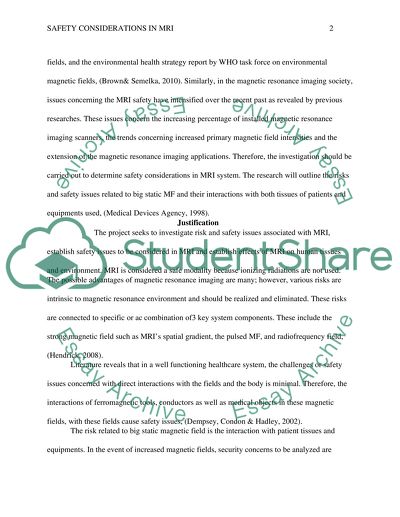Cite this document
(“Safety considerations in MRI Research Proposal Example | Topics and Well Written Essays - 1000 words”, n.d.)
Safety considerations in MRI Research Proposal Example | Topics and Well Written Essays - 1000 words. Retrieved from https://studentshare.org/health-sciences-medicine/1470828-safety-considerations-in-mri
Safety considerations in MRI Research Proposal Example | Topics and Well Written Essays - 1000 words. Retrieved from https://studentshare.org/health-sciences-medicine/1470828-safety-considerations-in-mri
(Safety Considerations in MRI Research Proposal Example | Topics and Well Written Essays - 1000 Words)
Safety Considerations in MRI Research Proposal Example | Topics and Well Written Essays - 1000 Words. https://studentshare.org/health-sciences-medicine/1470828-safety-considerations-in-mri.
Safety Considerations in MRI Research Proposal Example | Topics and Well Written Essays - 1000 Words. https://studentshare.org/health-sciences-medicine/1470828-safety-considerations-in-mri.
“Safety Considerations in MRI Research Proposal Example | Topics and Well Written Essays - 1000 Words”, n.d. https://studentshare.org/health-sciences-medicine/1470828-safety-considerations-in-mri.


